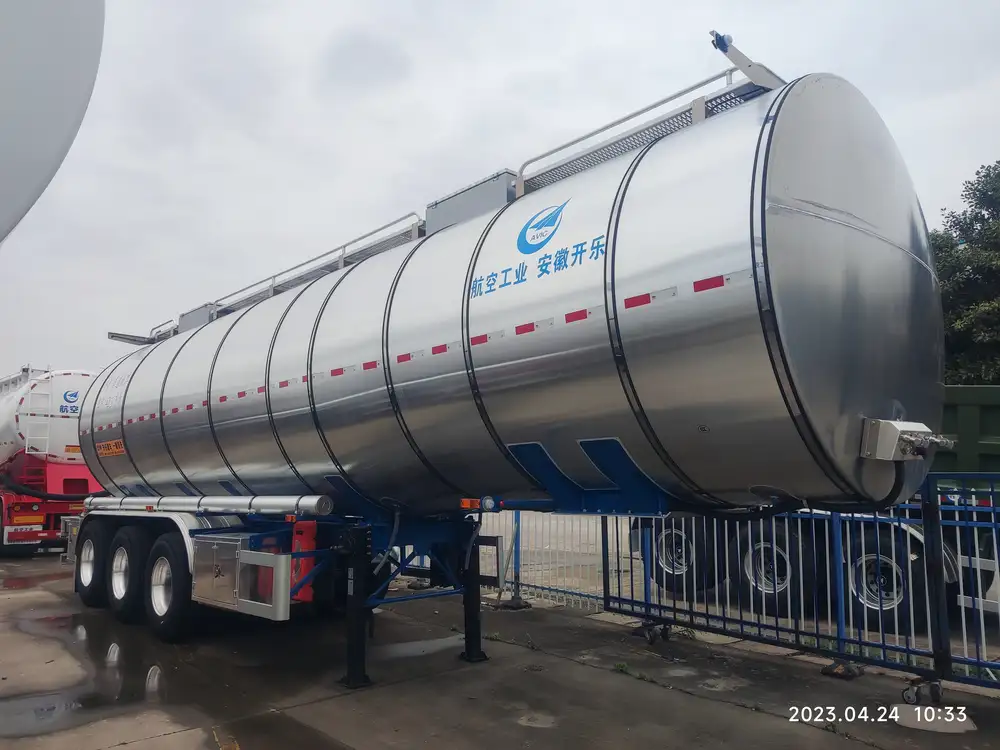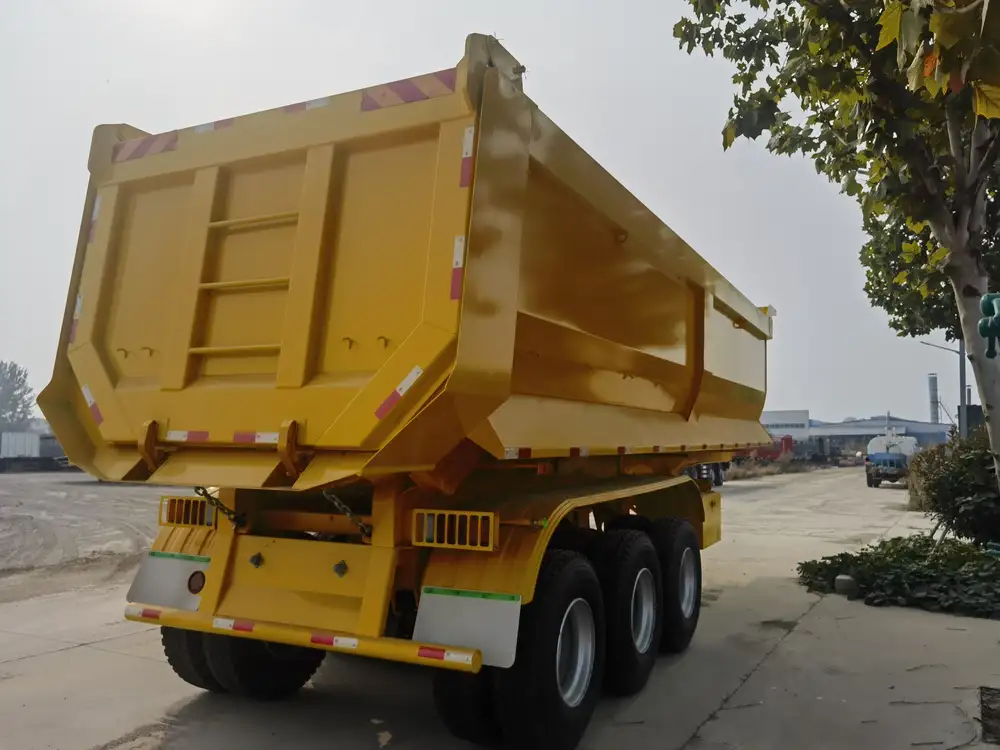Semi-trailers are pivotal in logistics and transportation. Among the most critical components of a semi-trailer is the landing gear, which provides stability and support when parked, ensuring safety during loading and unloading. However, wear and damage can occur, necessitating prompt attention. This guide provides an in-depth look at diagnosing and fixing damaged landing gear on semi-trailers.
Understanding Semi-Trailer Landing Gear
What is Landing Gear?
Landing gear refers to the supporting legs or jacks at the front of a semi-trailer. They are crucial in raising or lowering the trailer when it is detached from the truck and are often made of heavy-duty steel to withstand significant weight. These mechanisms typically consist of:
- Crank or Handle: Used to extend and retract the landing gear.
- Gearbox: Transmits the motion from the crank to the legs.
- Legs: Support the trailer’s weight when it is parked.
- Footplates: Provide a stable base and prevent sinking into soft ground.

Common Types of Damage
Understanding the typical damages that can occur is the first step in addressing issues effectively:
- Bent Legs: This could be caused by striking an obstacle or poor weight distribution.
- Crank Damage: Damage to the handle or gearbox can make it impossible to adjust the landing gear.
- Worn Out Gearbox: Wear and tear can lead to inefficiency or failure.
- Missing or Damaged Footplates: Weak or missing footplates can affect stability.
Diagnosing Landing Gear Issues
Visual Inspection
Before undertaking repairs, conduct a thorough visual inspection. Look for signs of:
- Bends or Cracks: Examine the legs and crank for visible deformities.
- Rust or Corrosion: Aged landing gear may exhibit rust, weakening the structure.
- Loose Connections: Check bolts and fittings for signs of wear, ensuring nothing is loose or missing.

Functional Testing
To determine operational capability, engage the landing gear’s mechanism:
- Crank Efficiency: Ensure it rotates smoothly without excessive resistance.
- Leg Movement: Check if both legs lower and raise uniformly.
- Stability: After extending the legs, push slightly against the trailer to test stability.
Step-by-Step Repair Process
Repairing the landing gear can vary based on the extent of the damage. Here’s a structured approach:
1. Gather Necessary Tools and Materials
Before beginning repairs, assemble a toolkit that includes:
- Wrench and socket set
- Screwdrivers (flathead and Phillips)
- Pliers
- Hammer
- Replacement parts (if applicable)
- Lubricant (e.g., grease)
- Safety goggles and gloves

2. Disconnect the Trailer
Always prioritize safety. Ensure the trailer is disconnected from the truck before proceeding with the repair. This will prevent accidents while you work.
3. Straightening Bent Legs
If the legs are bent, you might be able to straighten them with the following method:
- Heat Application: Use a torch to gently heat the affected area of the leg. This makes the metal more malleable.
- Straightening Tool: Employ a hydraulic jack to slowly straighten the leg back into position.
- Cool and Inspect: Allow the metal to cool naturally while ensuring there are no new cracks.
4. Replacing the Crank or Gearbox
For a faulty crank or gearbox, follow these steps:
- Remove the Old Crank: Unscrew and detach the damaged crank from the gearbox. Ensure any connected hardware is also removed.
- Install New Gearbox: Align the new gearbox in place and secure it using the previously removed bolts.
- Attach the New Crank: Tighten the new crank securely into the gearbox.

5. Reinforcing or Replacing Footplates
To address damage to footplates, consider the following actions:
- Reinforcing: If they’re merely bent, you can straighten using a hammer or a vise.
- Replacement: If heavily damaged, completely detach the existing footplate and replace it with a new one.
- Reposition: Ensure that new or reinforced footplates are level.
6. Lubrication and Final Checks
Once repairs are complete:
- Lubricate Moving Parts: Apply grease to the crank and any moving parts of the landing gear. This prevents rust and maintains smooth operational function.
- Final Inspection: Once everything is reassembled, conduct a thorough inspection, ensuring all components are securely fastened.
Maintenance Tips for Prolonged Lifespan
Preventative maintenance is crucial in extending the life of your semi-trailer landing gear. Follow these best practices:
- Regular Inspections: Conduct visual and functional checks every few weeks, especially before long trips.
- Lubrication Schedule: Lubricate moving parts regularly to ensure efficient operation.
- Proper Storage: When not in use, park on a stable surface to minimize stress on the landing gear.
- Weight Distribution Awareness: Be mindful of how weight is distributed within the trailer to avoid excessive strain on the landing gear.

Conclusion
Fixing damaged semi-trailer landing gear is not just about immediate repair; it’s about ensuring safety, efficiency, and durability. By following a structured repair process and engaging in regular maintenance, you can prolong the lifespan of your landing gear and avoid recurring issues.
Key Takeaways
- Inspect your landing gear regularly for signs of wear and damage.
- Always use proper tools and protective gear during repairs.
- Regular maintenance and careful weight distribution can prevent damage.
By adhering to these guidelines, you not only enhance the performance of your semi-trailer but also ensure a higher standard of safety for your operations and logistics.



